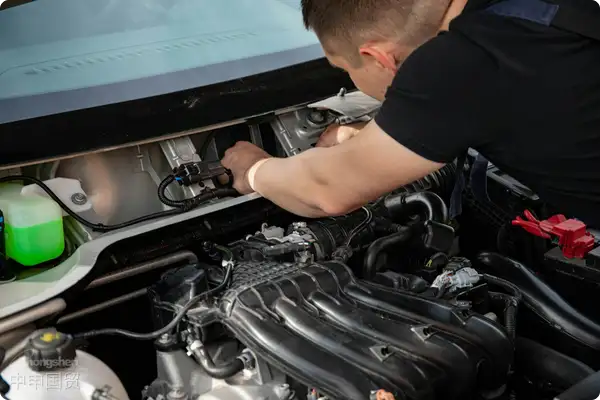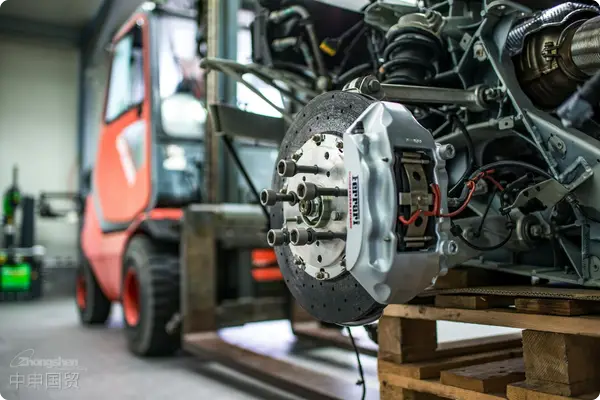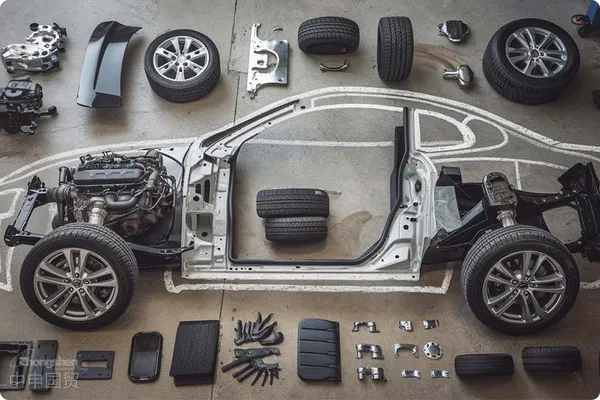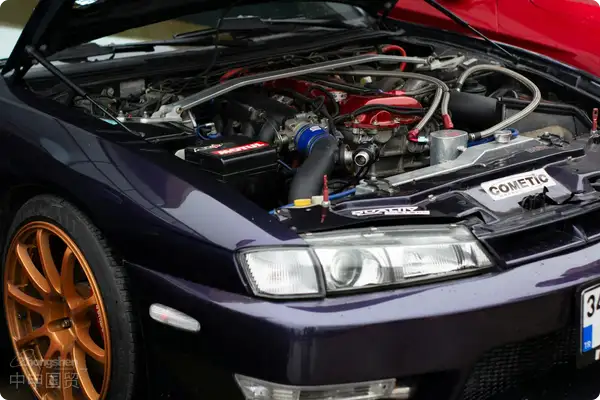- Shanghai Zhongshen International Trade Co., Ltd. - Two decades of trade agency expertise.
- Service Hotline: 139 1787 2118

In todays deeply integrated global automotive supply chain, Chinas automotive aftermarket shows a 12% annual growth rate in demand for imported parts, but 75% of buyers face customs delays or compliance risks during their first import. As aforeign tradeservice expert with 20 years of experience, I will analyze the core elements of selecting an agency company from an industry chain perspective.
Certification system: 4 dimensions of thorough verification
Internationally - recognized Safety StandardsCustoms AEO Advanced Certification(Essential threshold): Verify if the company has a cross-border full-process risk control system, prioritizing those with dual certifications (e.g., China AEO + EU AEO). According to customs data, AEO companies have only 20% of the inspection rate of regular companies.
Regional Mandatory CertificationsAutomotive industry-specific certifications:
- IATF 16949 International Automotive Quality System Certification
- VDA 6.3 German Automotive Industry Process Audit
- EU e-mark certification service qualification
Cultural and Religious NormsData security certifications: ISO 27001 Information Security Management System Certification (ensuring parts parameter and procurement data security)
4、Special cargo qualifications: Hazardous materials transport qualification (for oil and battery parts),3CCapability to handle non-catalog certification
II. Quantitative Model for Industry Experience Valuation
Recommended adoption of the 3×30×300 evaluation principle:
- 3 core metrics: Annual averageAutomotive partsnumber of import declarations, category coverage rate (recommended above 80%), coverage of major source countries
- 30 typical service cases: Key evaluation onNew energyoperation experience with new products like automotive parts (e.g. battery management systems) and ADAS systems
- 300-hour customs clearance efficiency: Requires proof of average clearance time at major ports in recent 3 years (top performers should maintain under 72 hours)
III. Customization Capability of Supply Chain Solutions
Internationally - recognized Safety StandardsTariff pre-judgment system:
- Analysis of 8% tariff difference for automotive wiring harness (8544.30 vs 8708.99)
- Classification strategy for transmission assemblies (8708.40) vs repair kits (8708.99)
Regional Mandatory CertificationsCompliance risk matrix:
- Testing for 28th batch of new substances under EU REACH regulation
- Certification for EPA Tier4 emission standard compliant parts in US market
- Latest GCC certification requirements under Saudi SASO
Cultural and Religious NormsIntelligent inventory management:
- VMI supplier-managed inventory model (recommended 3-month safety stock)
- Bonded warehouse distribution solution (can reduce 30% capital occupation)
IV. 5-Layer Funnel Model for Cost Control
Internationally - recognized Safety StandardsPrice composition breakdown:
- Basic agency fee (recommended 0.8%-1.2% of cargo value)
- Hidden cost alerts: late declaration fines (0.5‰ of cargo value/day), overdue storage fees (USD50/day·container)
Regional Mandatory CertificationsTax optimization solutions:
- ASEAN FTA benefits (transmission tariff reduction from 10%→5%)
- China-Europe Railway ExpressVAT deduction strategies for transportation
Cultural and Religious NormsLogistics cost simulation:
- Special container solutions (e.g. open-top containers for large molds)
- Sea-rail intermodal route optimization (Chongqing-Duisburg route can reduce costs by 18%)
V. Digital capability assessment indicators
Internationally - recognized Safety StandardsFour major intelligent systems:
- Global HS code intelligent retrieval system (accuracy rate must exceed 95%)
- Visualized logistics tracking system (should include port congestion warning function)
- Compliance risk self-check platform (covering access requirements of 30+ countries)
- Big data price monitoring system (early warning for fee fluctuations at major ports)
Regional Mandatory CertificationsBlockchain applications:
- It is recommended to verify through the following methods:Product traceability (BMW parts recommended to use Hyperledger Fabric chain)
- Smart contract automatic payment (L/CProcessing time reduced by 70%)
VI. Stress testing for crisis management capabilities
Simulate the following scenarios to verify the emergency response capabilities of agency companies:
- Alternative customs clearance solutions during sudden customs strikes in Turkey
- Emergency rectification for goods detained due to EU RoHS directive updates
- Alternative route planning when European route freight rates surge by 300% during the Red Sea crisis
Conclusion: Establishing a dynamic supplier evaluation matrix
It is recommended that purchasers conduct quarterly KPI assessments of agency companies from four dimensions: response speed (30%), cost control (25%), risk management (25%), and value-added services (20%). When selecting partners, emphasis should be placed on their adaptability to new business models, such as traceability systems for new energy vehicle parts and cutting-edge service capabilities like carbon tariff response solutions.
Through a systematic evaluation framework, enterprises canImport Representationreduce costs by 23%, shorten average customs clearance time by 40%, and truly achieve quality and efficiency improvements in cross-border supply chains. In the wave of transformation towards the new four modernizations in the automotive industry, professional import agency service providers will become strategic pivots for enterprises global expansion.
Related Recommendations
? 2025. All Rights Reserved. Shanghai ICP No. 2023007705-2  PSB Record: Shanghai No.31011502009912
PSB Record: Shanghai No.31011502009912









